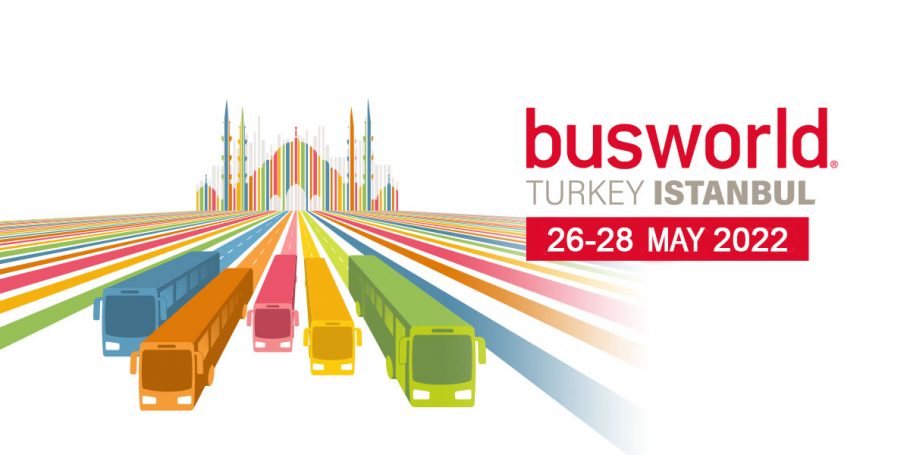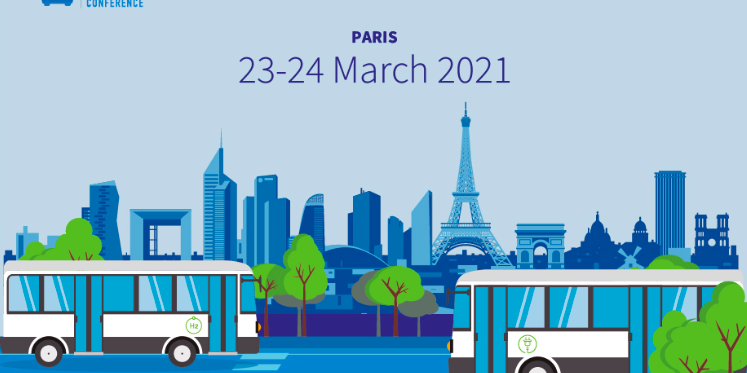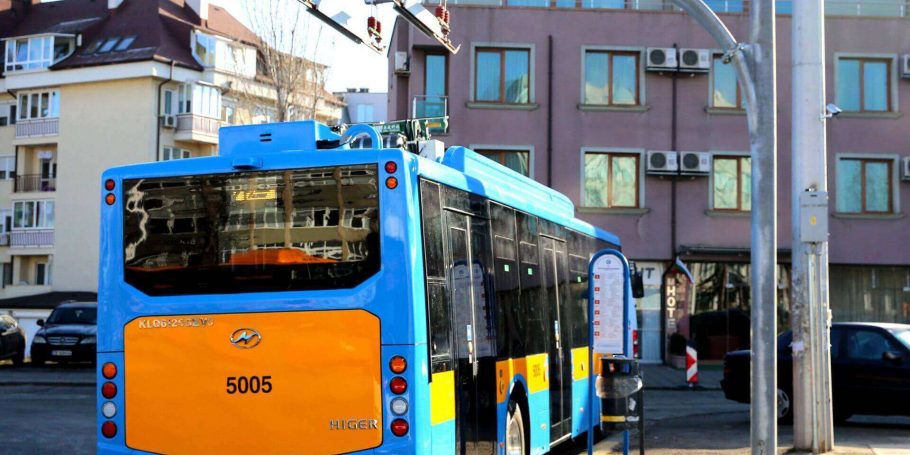Busworld is the world’s largest b2b exhibition for the bus and coach industry, exhibiting buses, coaches and minibuses, as well as parts, components and services. The first Busworld was 48 years ago in 1971 at Kortrijk in Belgium. Busworld Turkey 2022 will be the ninth of its type. Previous exhibitions have been held in Europe,…
In 2021, Sofia will operate 45 ultracapacitor electric buses. Chariot Motors became a worldwide supplier of this innovative solution. Sofia’s air quality challenge Sofia is one of Europe’s most polluted cities. It constantly breaches WHO and EU air safety criteria, increasing the risk of heart disease, lung cancer, respiratory disease, and stroke. The main reason…
Chariot Motors is sponsoring an exhibition by New York City-based Bulgarian artist Houben R. T. The name of the exhibition is Why So Serios and it is open to the public at the Museum of Humor & Satire in Gabrovo, Bulgaria. Why So Serious is Houben Tcherkelov’s first solo exhibition at the Museum of Humour…
To stay abreast of the zero emission bus sector during the Covid pandemic, visit the European zero emission bus (ZEB) conference webpage. You will find free presentations from autumn 2020 and registration details for the ZEB2021 Paris Conference in March. The Paris ZEB conference will look at solutions and challenges to decarbonising the bus industry.…
Chinese-Bulgarian consortium Chariot Motors Higer, whose Bulgarian partners are Chariot Motors, has won the City of Sofia bid to supply 30 low-floor fast charge electric buses. The bid was for leva 34.95 million against an earmarked leva 38.4 million. The European Union Operational Programme Environment provides the funds as financing a move to cut air…





